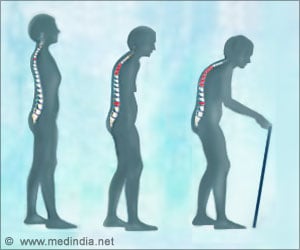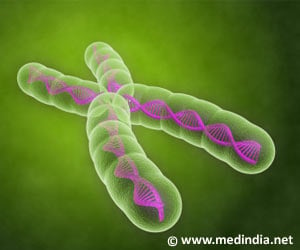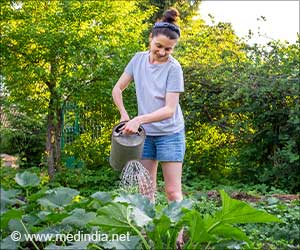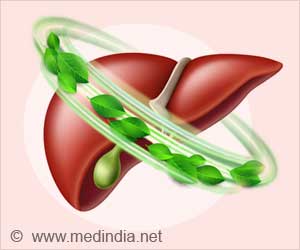
The team contrasted how vertebrates, invertebrates, plants, and a green alga age. Modern day people, frogs, lions, lice and the Hypericum cumulicola, a native Florida plant, were among the species compared.
The study found that mortality of some species, like humans and birds, increased with age. For some, such as Florida's hypericum the increase is slower. And for others, like the desert tortoise and certain trees, mortality declines with age.
Other researchers on the project were from the Max Planck Institute for Demographic Research in Rostock, Germany, the University of Queensland in Australia, and the University of Amsterdam in Holland. Several American universities also contributed to the study.
The researchers point out there is no strong correlation between the patterns of aging and the typical life spans of the species. Species can have increasing mortality and still live a long time, or have declining mortality and still live a short time, according to the Max-Planck Odense Center.
"It makes no sense to consider aging to be based on how old a species can become," Jones said. "Instead, it is more interesting to define aging as being based on the shape of mortality trajectories: whether rates increase, decrease or remain constant with age."
Advertisement









